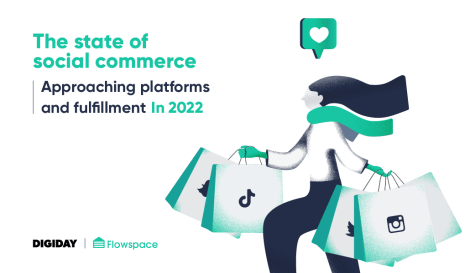Report: The state of social commerce and fulfillment
The advertising and e-commerce landscape for brands is at a tipping point. Data privacy protections have made it more challenging to track shoppers online, reducing the effectiveness of traditional advertising models. As the cost of advertising on social platforms increases, brands are prioritizing social commerce to better engage customers and drive loyalty online.
Social commerce allows retailers to offer customers a direct path to purchase. Brands can reach customers on apps they use daily — such as TikTok and Instagram — and offer them shoppable content and experiences with the goal of allowing them to purchase products directly from the app and have them delivered as quickly and efficiently as possible. A successful social commerce strategy also requires a technology-powered fulfillment program that can support seamless transactions and meet customer expectations.
To spotlight how brands are approaching social commerce, platforms and fulfillment in 2022, Digiday and Flowspace surveyed more than 100 brand executives. Packed with expert insights, this report highlights how companies are advancing social commerce tactics to better serve customers and sellers now and in the future.
Download this report to learn:
- Why brands are prioritizing social commerce in 2022
- How brands are already innovating in the social commerce space
- The importance of technology to deliver on fulfillment
- Action steps retail teams are taking to improve social commerce performance
Sponsored By: Flowspace
